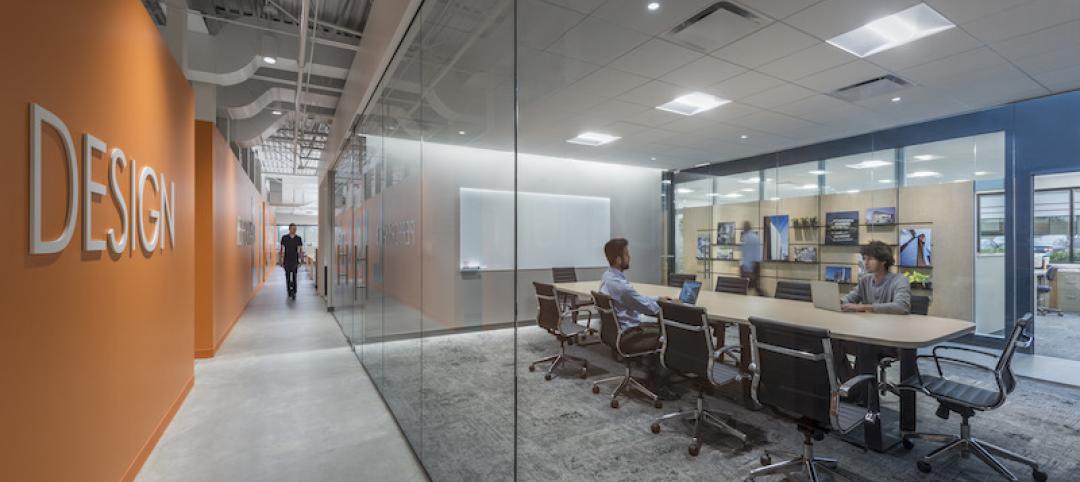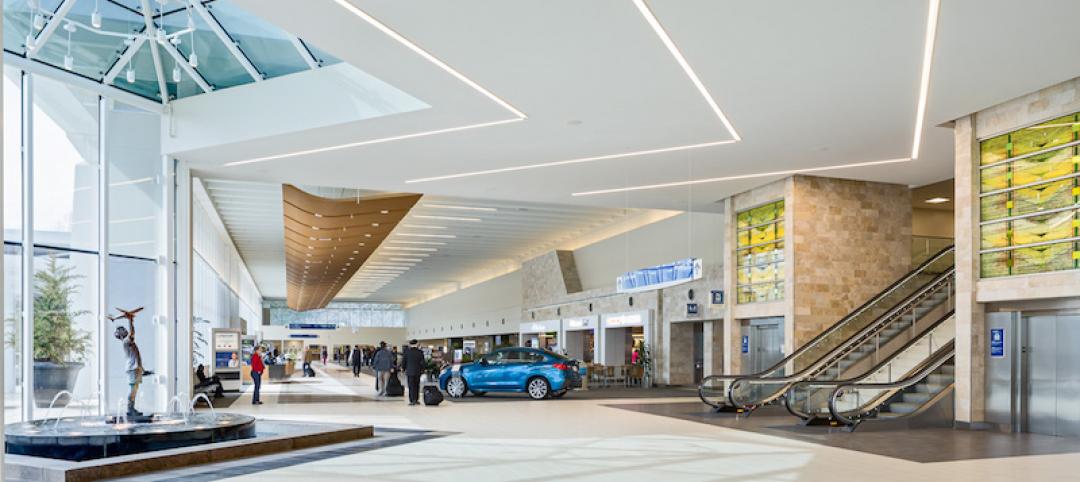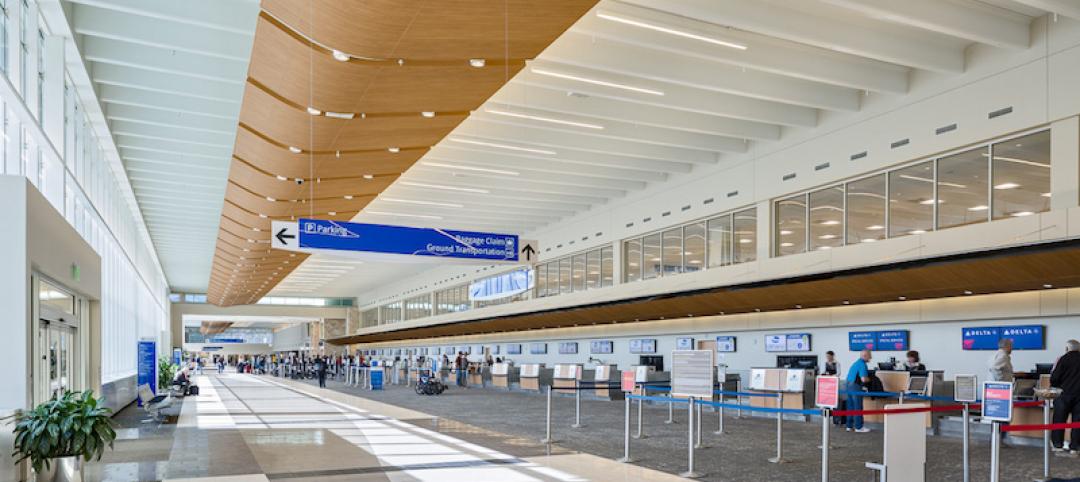The International Union of Architects (UIA), representing approximately 2.3 million architects worldwide through 124 national member sections, has unanimously adopted the 2050 Imperative committing to environmental and social sustainability.
The historic declaration, presented on August 8th at the UIA World Congress in Durban, recognizes the urgency of the UIA and its member organizations, including the American Institute of Architects (AIA), in committing to a truly sustainable and equitable future. A delegation from the AIA, including AIA President, Helene Combs Dreiling, FAIA, supports the declaration.
“We have made great strides towards a sustainable built environment, but we still need to advance the industry to make sustainable design the de facto standard for all construction projects,” said AIA President, Helene Combs Dreiling, FAIA. “Sustainable design practices implemented by the world’s architects will mitigate climate change and ultimately save lives.”
Urban areas are responsible for over 70 percent of global energy consumption and CO2 emissions, mostly from buildings, and over the next two decades an area roughly equal to 60 percent of the world’s total building stock is projected to be built and rebuilt in urban areas. This provides an unprecedented opportunity to reduce fossil fuel CO2 emissions by setting the global building sector on a path to phase out CO2 emissions by 2050, the declaration stated:
“Our responsibility is to influence ethical and socially responsible development throughout the world: to plan and design sustainable, resilient, carbon-neutral and healthy built environments that protect and enhance natural resources and wildlife habitats, provide clean air and water, generate on-site renewable energy, and advance more livable buildings and communities.”
By adopting the 2050 Imperative, member organizations have committed to advocacy and promotion pertaining to planning and design of carbon neutral cities, towns, urban developments and new buildings; engaging in research and setting targets towards meeting the 2050 goal and developing and delivering equitable access to the information and tools to deliver these objectives.
The full declaration is available to view here.
Related Stories
Giants 400 | Oct 11, 2017
Top 25 data center architecture firms
Jacobs, Corgan, and Gensler top BD+C’s ranking of the nation’s largest data center sector architecture and AE firms, as reported in the 2017 Giants 300 Report.
Multifamily Housing | Oct 9, 2017
6 new products for the multifamily construction market
Bamboo wall panels, an adaptable prep sink, and a two-tiered bike parking system are among the product innovations geared for multifamily buildings.
AEC Tech | Oct 6, 2017
How professional bias can sabotage industry transformation
Professional bias can take the form of change-resistant thinking that can keep transformational or innovative ambitions at bay. Tech consultant Nate Miller presents three kinds of bias that often emerge when a professional is confronted with new technology.
Giants 400 | Oct 6, 2017
Top 90 K-12 architecture firms
Stantec, DLR Group, and PBK top BD+C’s ranking of the nation’s largest K-12 sector architecture and AE firms, as reported in the 2017 Giants 300 Report.
Giants 400 | Oct 5, 2017
On wings of gold: Alternative financing schemes are propelling the high-flyin’ air terminals sector
The $4 billion renovation of New York City’s LaGuardia Airport is the first major U.S. aviation project delivered using a public-private partnership (P3) model.
Giants 400 | Oct 4, 2017
Top 40 airport construction firms
Hensel Phelps, Turner Construction Co., and Skanska USA top BD+C’s ranking of the nation’s largest airport sector contractors and construction management firms, as reported in the 2017 Giants 300 Report.
Giants 400 | Oct 3, 2017
Top 30 airport architecture firms
Jacobs, Corgan, and Gensler top BD+C’s ranking of the nation’s largest airport sector architecture and AE firms, as reported in the 2017 Giants 300 Report.
Multifamily Housing | Sep 27, 2017
Pickleball, anyone?
Two-and-a-half million Americans are playing the game with the funny name.
Architects | Sep 25, 2017
Blending past, present, and future at a research center
The four-part mission of a garden of scientific research helped drive the design for the Beijing New Material Research & Development Center.
Architects | Sep 22, 2017
Design giants merge: FKP joins CannonDesign
The deal strengthens CannonDesign’s pediatric healthcare expertise, establishes presence in Texas and Ohio.

















